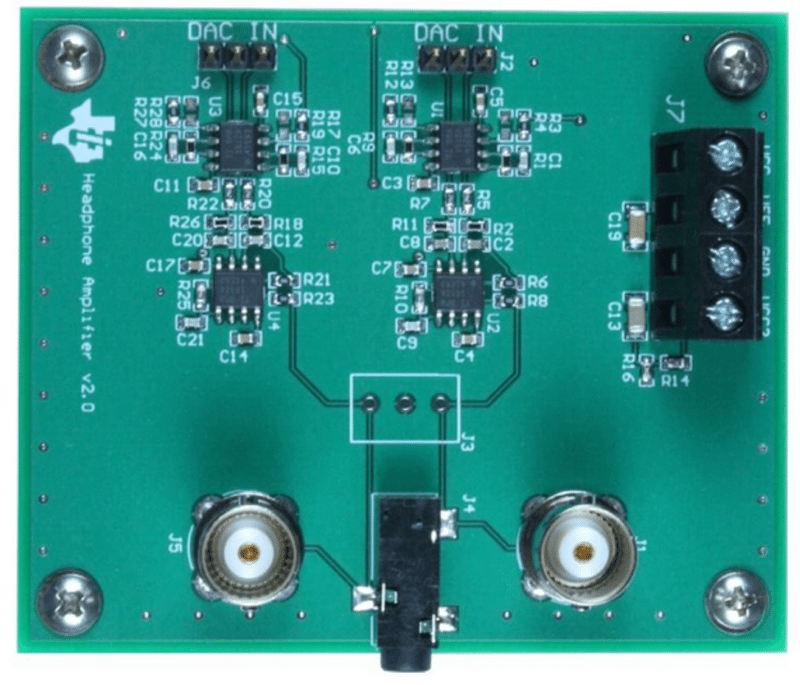Voice recorders are required in many modern applications which require recording sound such as speech, singing and instrumental music. For those who want to build their own voice/sound recorders, read on to view some ready-to-use and tested reference designs along with complete documentation:-
Voice Recorder with 10 seconds Recording Time:

This reference design implements a solid state voice recorder using MSP430F149 microcontroller to convert the analog voice pattern to digital with its integrated 12-bit analog-to-digital converter. The voice data is stored real-time in the MCU Flash memory and played back. With 60K bytes of flash, the MCU can hold up to 10 seconds of speech. The pre-amplified and filtered analog voice signal is directly input to the analog input of the MCU. The analog multiplexer integrated in the MSP430F149 allows eight channels of analog data. During playback, the stored voice signal data is sent to the serial DAC via the MSP430 USART SPI. Finally, the output of the DAC is filtered and then amplified to drive a speaker for playback. More on this Reference Design
Telephone-quality Voice Recorder:
![]()
This reference design is a highly-integrated telephone-quality voice recorder for battery-operated voice applications. The design relies on a C8051F411 microcontroller to sample (via the ADC), compress, store and playback voice signal. 12-bit ADC and DAC allow high quality sound at 8 kHz sampling rate. A microphone, speaker, pushbutton and LEDs are provided for user interaction. The recorder uses DPCM (differential pulse code modulation) compression algorithm for data storage to extend the total recording time. The recorder minimizes power usage in active mode and by remaining in Suspend mode while idle. The design includes schematics, BOM, user notes and layout diagrams. More on this Reference Design
Audio Recorder with MEMS Microphone Sensor:
This reference design describes an audio recording application which records audio data coming from MEMS microphone and supports 16KHz stereo audio recording. The audio signal coming from MEMS microphone is in the form of PDM (Pulse density modulated) signal which is sampled by the PDM clock. This data is sent to the decimation process where the 1-bit PDM data is converted to 16-bit PCM data. The design is based on a PDM interface controller (PDMIC) from SAM G53. The controller integrates a clock generator to drive the microphones and embeds DSP filters which decimate the incoming bit stream to obtain most common audio rates. More on this Reference Design








